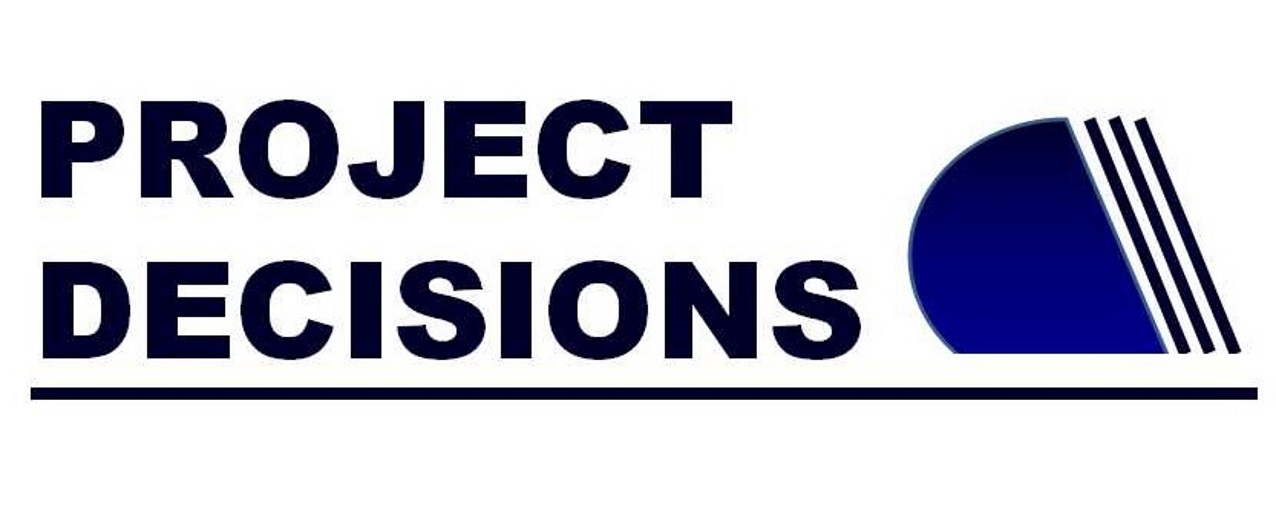Project management is the art and science of human interactions performed by one group of people to meet other people’s needs. The overwhelming majority of problems in projects are due to the unforeseen consequences of intentional or unintentional human actions. People make poor estimates, forget something, communicate poorly, or make other seemingly small mistakes that conspire together and lead to larger issues. This book is about how good and experienced project managers make bad choices and what should they do to avoid it.
Why do individuals and groups consistently repeat the same mistakes? Take a moment to look at the pyramid on the cover of this book. Which square is darker: A or B? Most people believe that B is darker, although both colors are identical. People consistently make mistakes because of differences in the way each of us perceives things – difference which lead to faulty judgment and poor decisions.
Project management processes are established to smooth out differences in both processes and perception with the aim to reducing mistakes and avoiding nasty surprises. A few years ago, we wrote a book on project decision-making, Project Decisions: The Art and Science (Virine and Trumper 2007). We described a formal project decision-making process intended to improve the quality of project managers’ decisions. The problem is processes are hard to establish and follow, and are rarely followed consistently unless great effort is taken to maintain them. The experience shows that these processes do need to be flexible.
And processes, while they encourage consistency, are a fundamentally inefficient way of trying to align how people think and behave. There is a less expensive and a more flexible way to avoid the negative impact of differences in perception and misplaced decisions. It is possible to create an environment in which people make better choices without mandating these choices. Think about the common speed bump. Instead of having to waste the police’s time monitoring speed, speed bumps encourage people to make a good choice, in this case, limiting their speed. People choose to slow down not because somebody might give them a ticket, but because it is more comfortable and easier on their vehicles. Project management processes need to be policed, but an environment for making better choices can be engineered. Speed bumps are engineered to continually steer people towards better choices. Project managers frequently use techniques that collectively are called choice engineering in many industries – sometimes without even knowing it. In most projects, process policing and choice engineering make for very effective partners.
A major component of choice engineering is education – learning how cognitive differences affect human decision-making. In Part I of the book you will learn fundamental concepts about choice engineering. In Part II of this book you will learn about memory, emotions, biases, happiness, and how they can create mental errors and traps. Understanding how these affect your judgment will help you to make better choices. Part III of the book focuses on analysis: you will learn how to analyze information and risks in such a manner to minimize the effect of these mental errors. In Part IV we will provide some advice and techniques to enable you to set up choice engineering as part of your project management environment.
This book is for anybody who is involved in projects. The book doesn’t involve learning formulas or understanding complex analyses. What we hope it does is help you discover some key things about yourself and people around you.
Lev Virine & Michael Trumper

